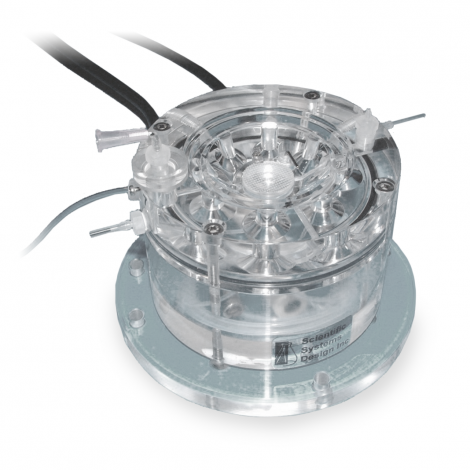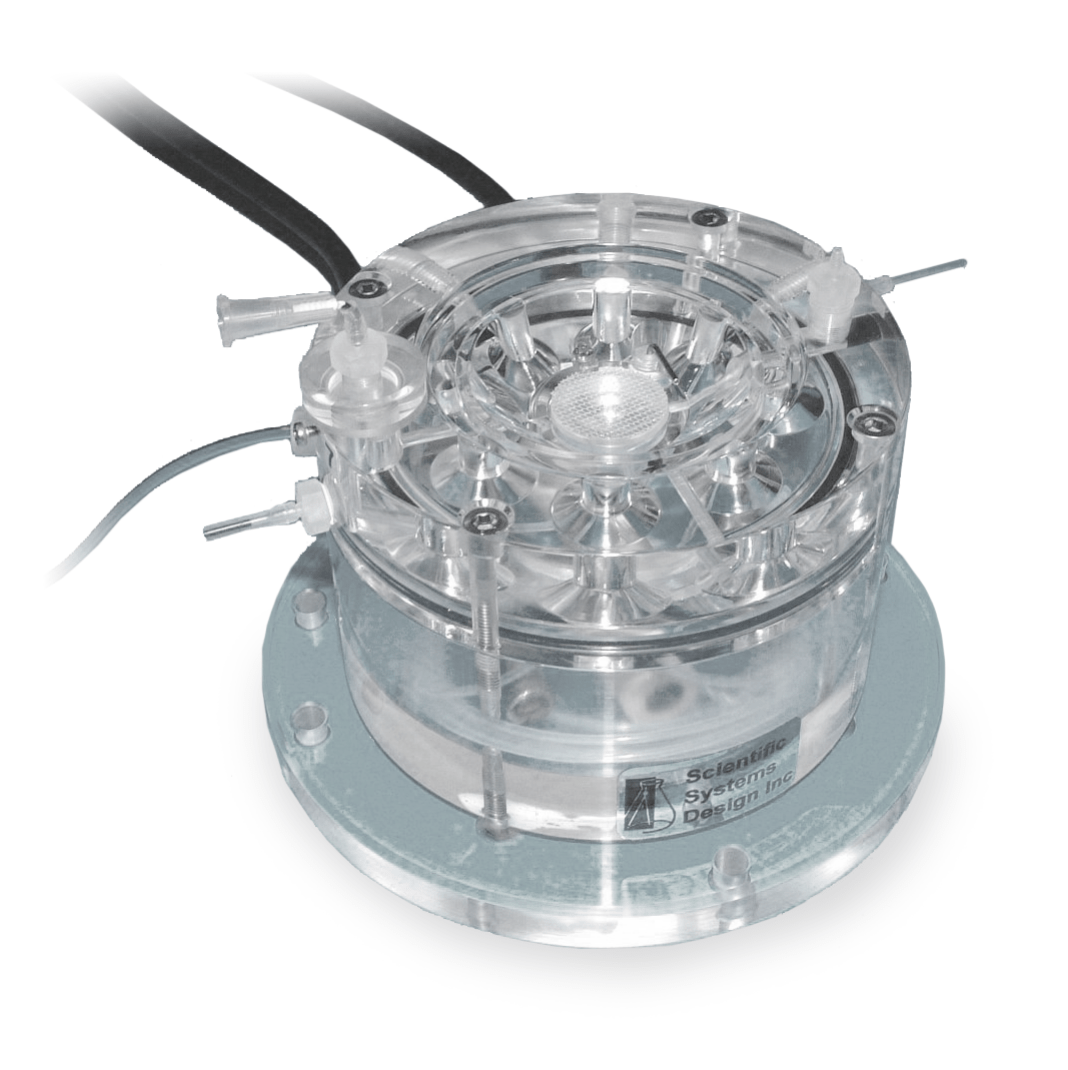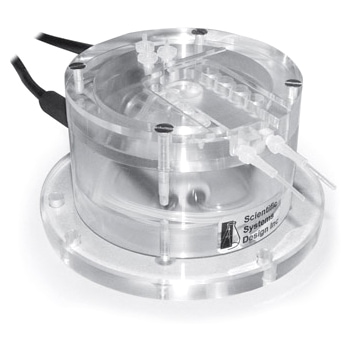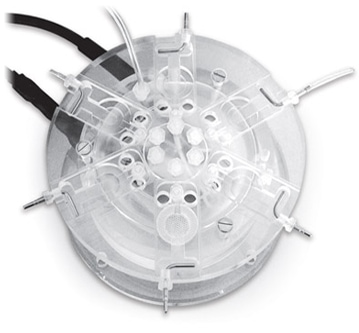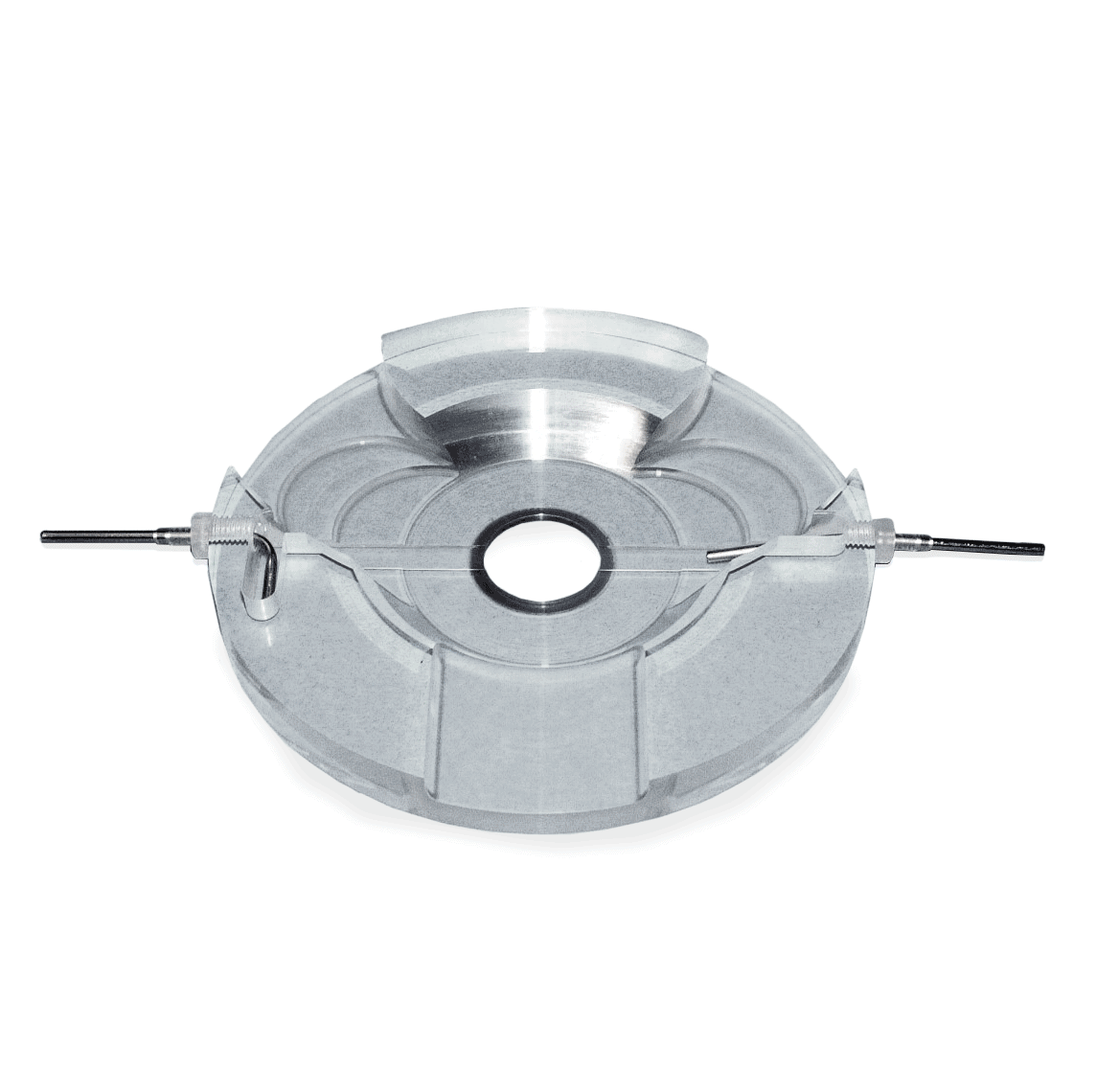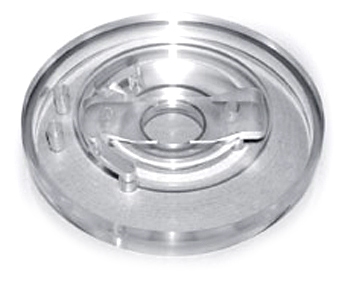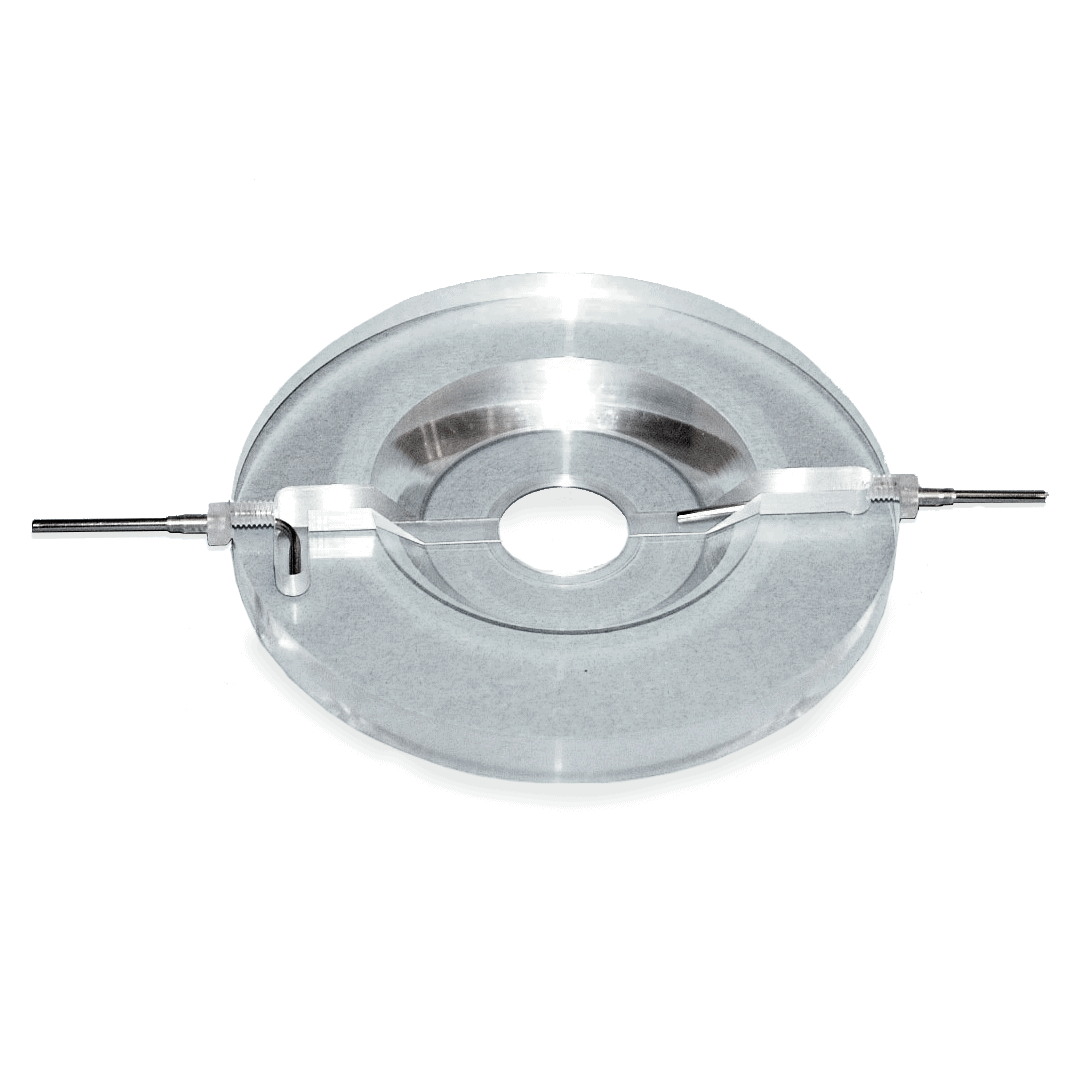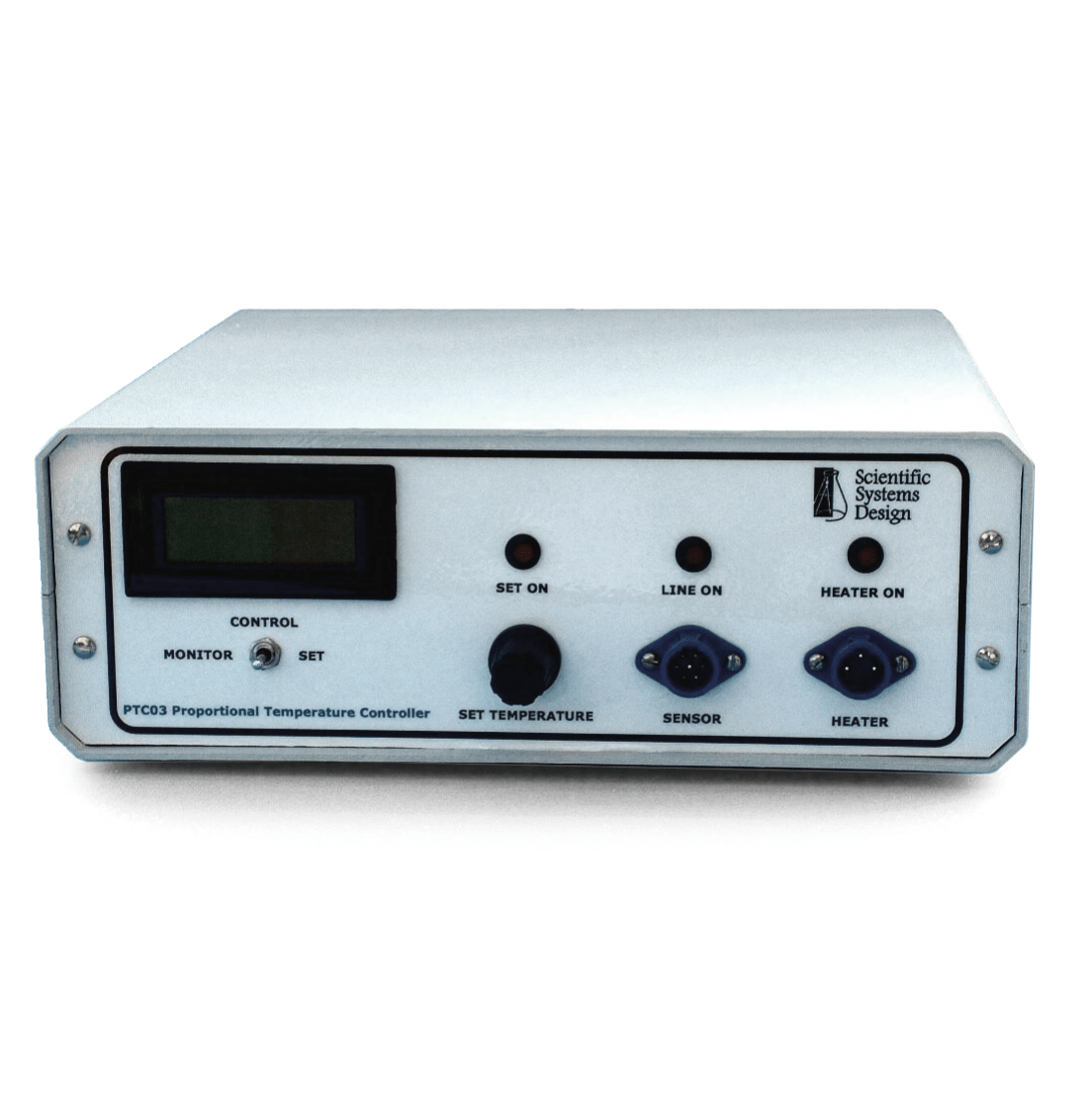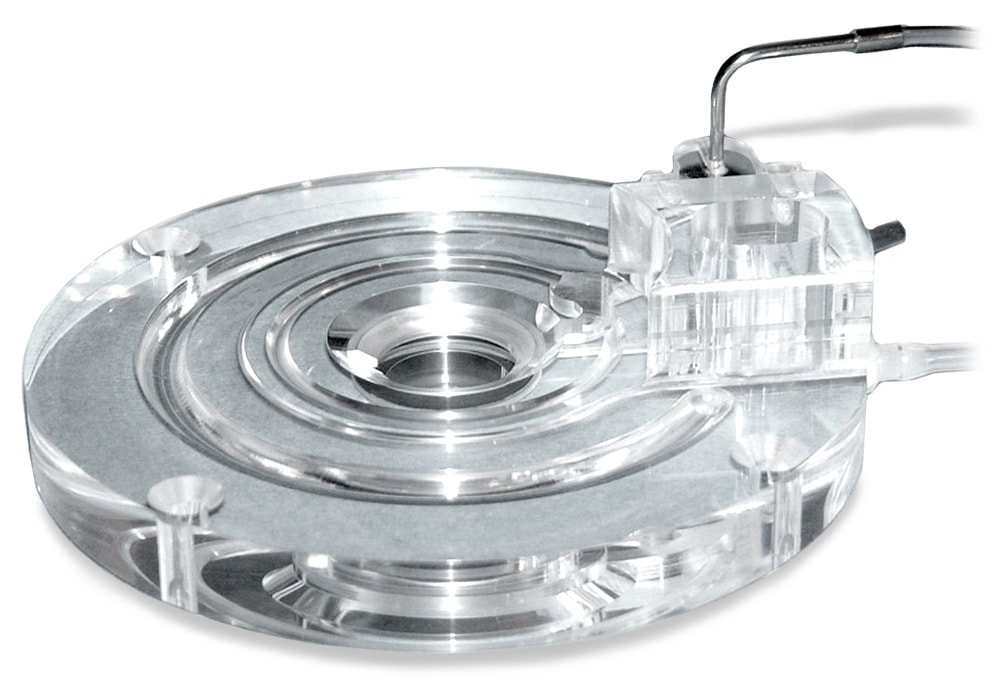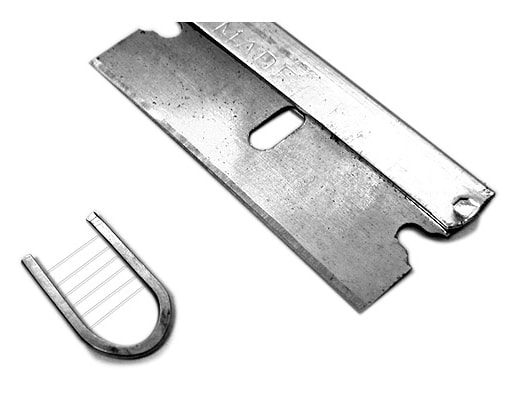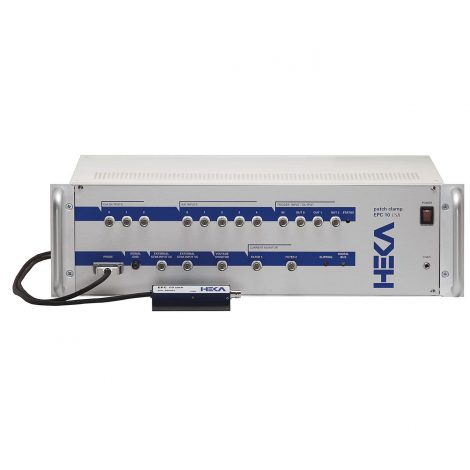PDF Download: Brain Slice & Tissue Chambers. Related: Brain Slice Incubators.
This “Oslo” type brain slice chamber was originally developed for submerged preparations. However, it can also be used for interface preparations by maintaining the fluid level close to the slice’s level and ensuring that the lid is in place to increase the humidity and oxygenation. A sloped insert allows room for one or two hippocampal-type slices with low dead volume for expensive drugs etc.
“Haas” type brain slice chambers are interface only — relying on a thin film of perfusate entering the slice area resting on a piece of lens tissue. The pre-humidified and oxygenated gas passes over the slice, is maintained in high concentration by a lid, and allows the slice to survive for many hours. The BSC2 includes “templates” for two interface perfusion channels or nearly submerged slices.
The BSC3 is available in 2, 3, 4 and 6 channels versions, and is a cross between the “Oslo” and “Haas” type BSC1 and BSC2 chambers above. This chamber is intended primarily for pharmacological studies as there is little room for electrodes around four or six channels simultaneously.
The MSC1 microscope stage chamber has been designed for use with fixed-stage upright microscopes. Its profiled contour allows the microscope objective to sweep across the preparation when changing magnification without having to adjust the focus. The specimen and microelectrodes remain par-focal, useful for confocal microscopy combining electrophysiology and precise localization of structures.
The MS3 stage chamber allows interface methods of slice maintenance at room temperature on a compound microscope stage. Constructed from clear acrylic, it can be mounted in close proximity to the microscope condenser optics for optimal visualization. Slices rest in a flat channel with a 20mm central coverslip base. Fluid flows in a diamond-shaped channel above the slice with high oxygen tension above.
The MS-4 chamber has been designed for use with all inverted microscope stages. The simple design consists of an input and output channel arranged so that the glass coverslip area remains filled with perfusion solution. The slices rest on the glass coverslip arranged to be at the focal plane of microscope objective and access for condenser optics from above.
The MS-5 chamber has been designed for use on microscope stages to view glass cover slips containing cultured cells. Cover slips smaller than 25mm with cell cultures are placed directly on top of a fixed glass cover slip glass at the base of the MS5. The chamber can be used with inverted microscope stages but the glass cover slip at the base of MS5 will add 200um to the existing cultured cover slip thickness.
The PTC03 is a temperature control unit for use in conjunction with our brain slice chambers, perfusion solution heaters and an increasing range of other systems currently under development . The required temperature is set using the front control panel. Provision is also made to display the temperature from a monitor sensor if this is being used.
Brain slices are submerged on a completely flat, transparent semi-permeable membrane. This offers for the first time ideal conditions for inverted microscopy of in vitro preparations. The utilisation of a membrane with a high molecular weight cut-off ensures all nutrients and oxygen can flow freely for optimum perfusion.
Slice holder (harp or U-net). Stainless steel “U” with nylon filaments. 14.5 x 15.6 mm for 18mm chambers

